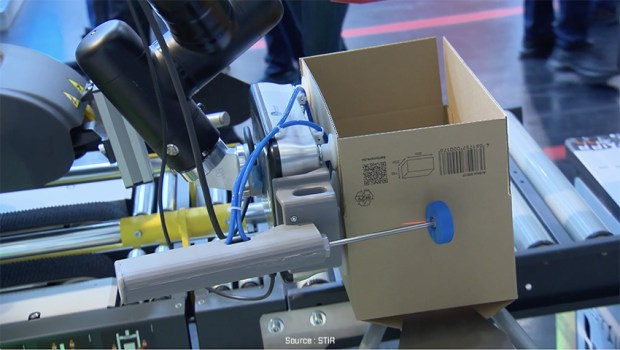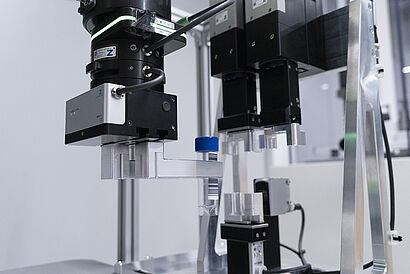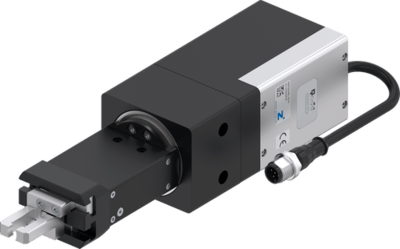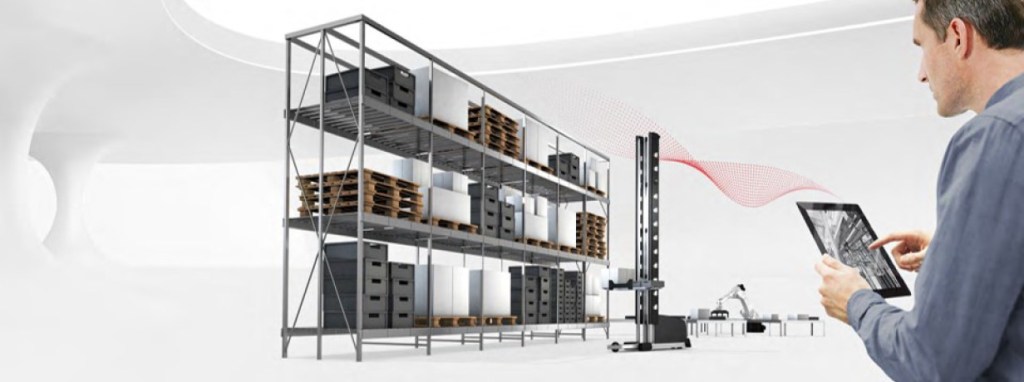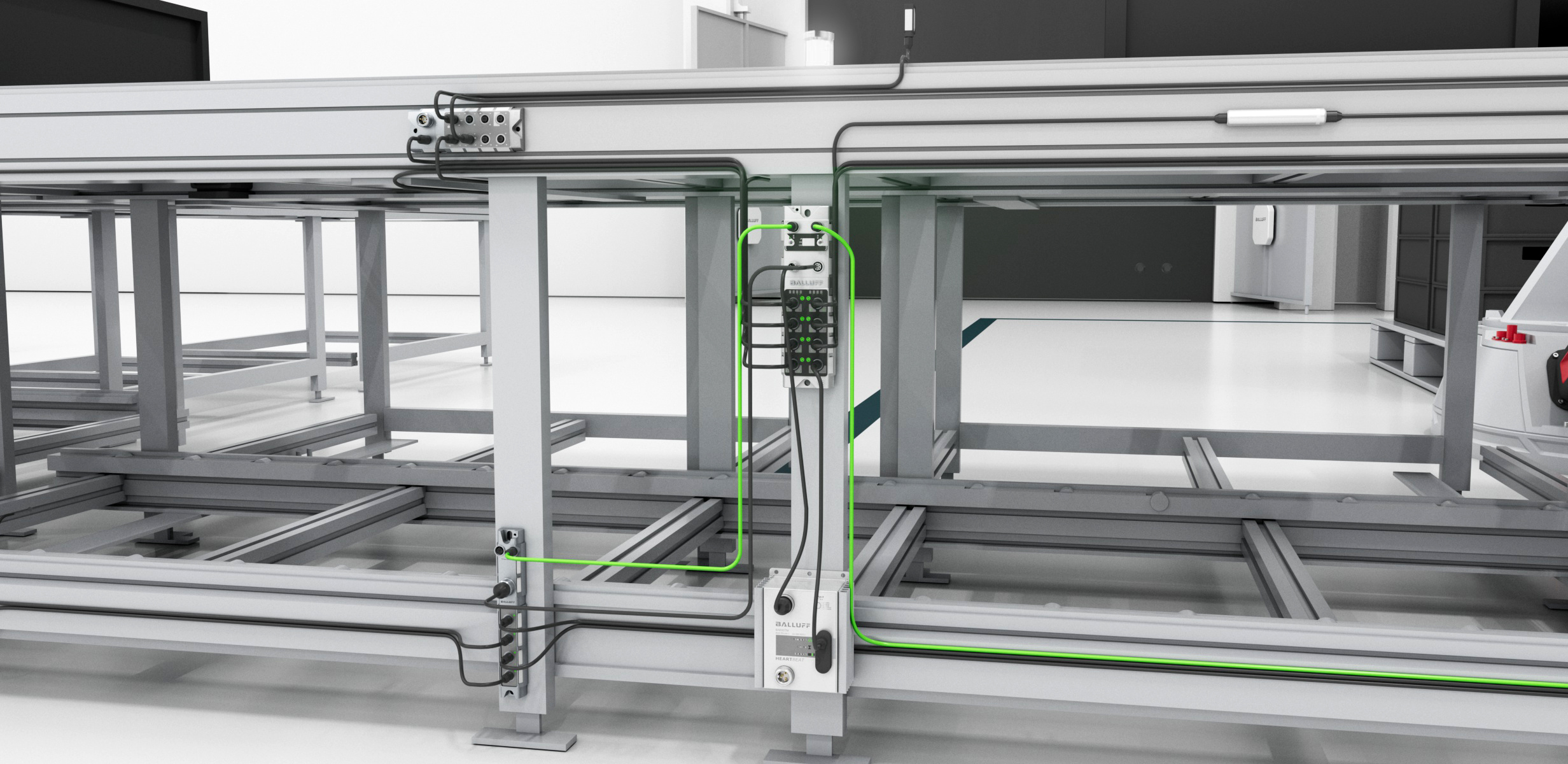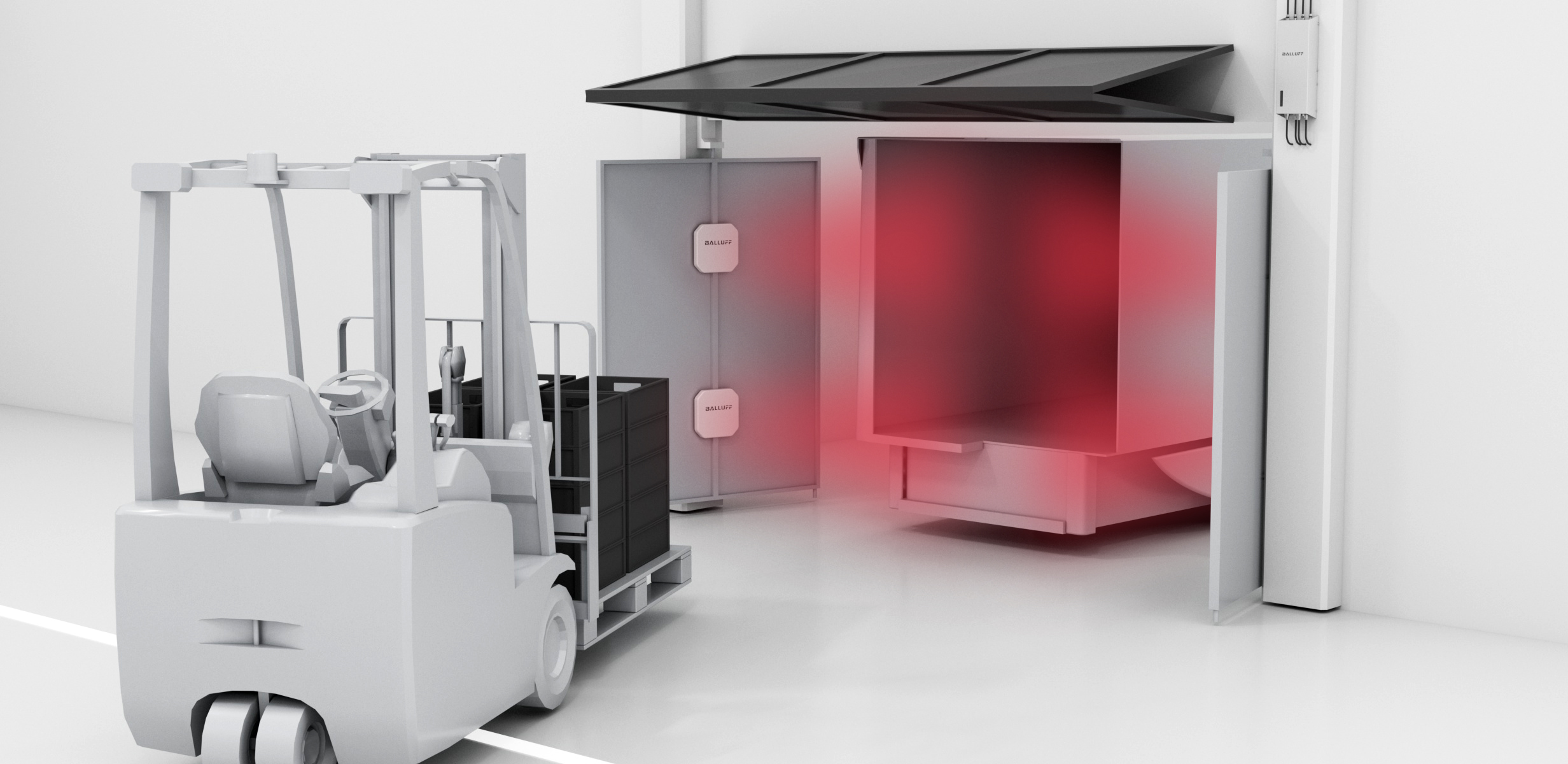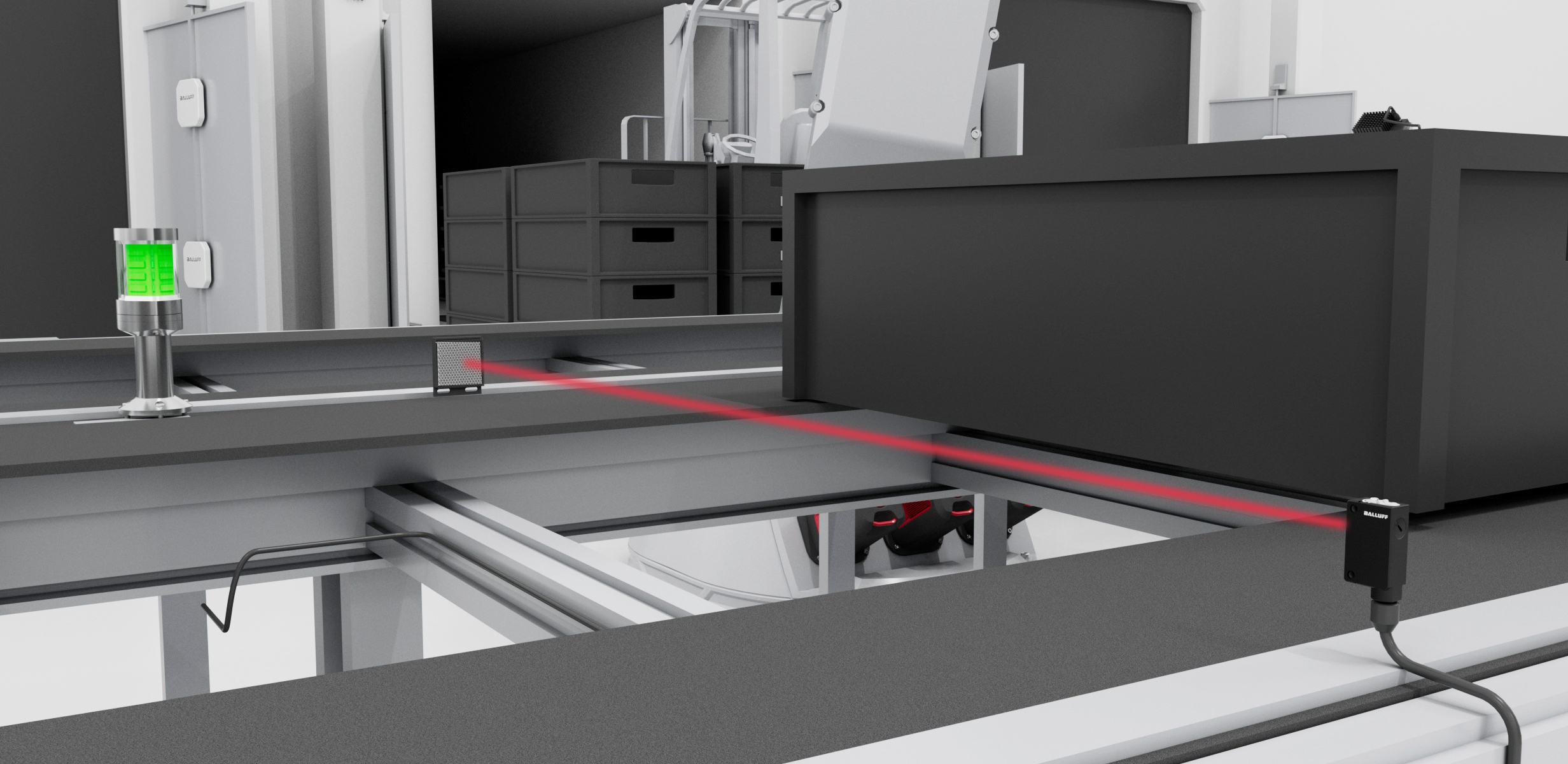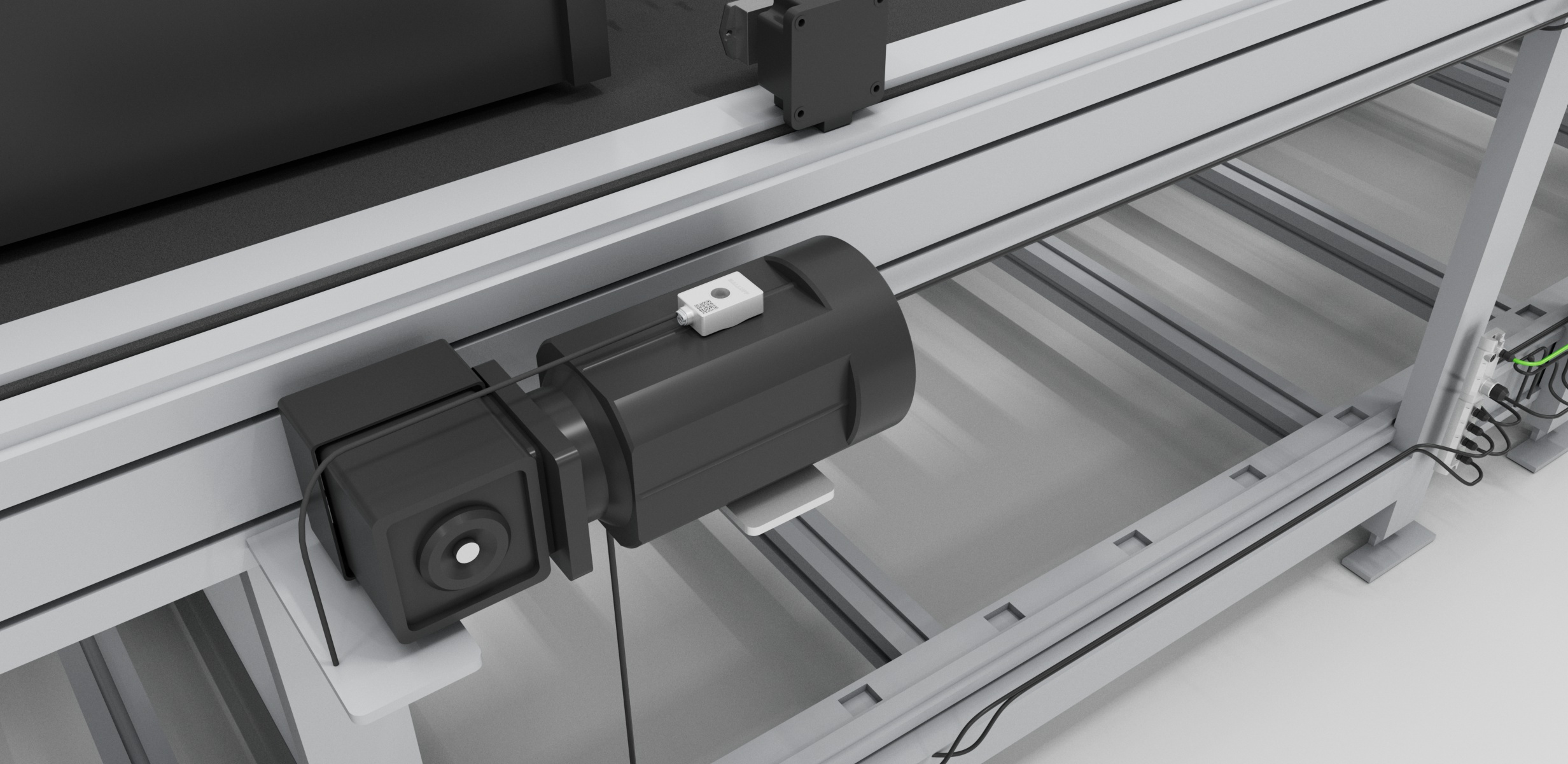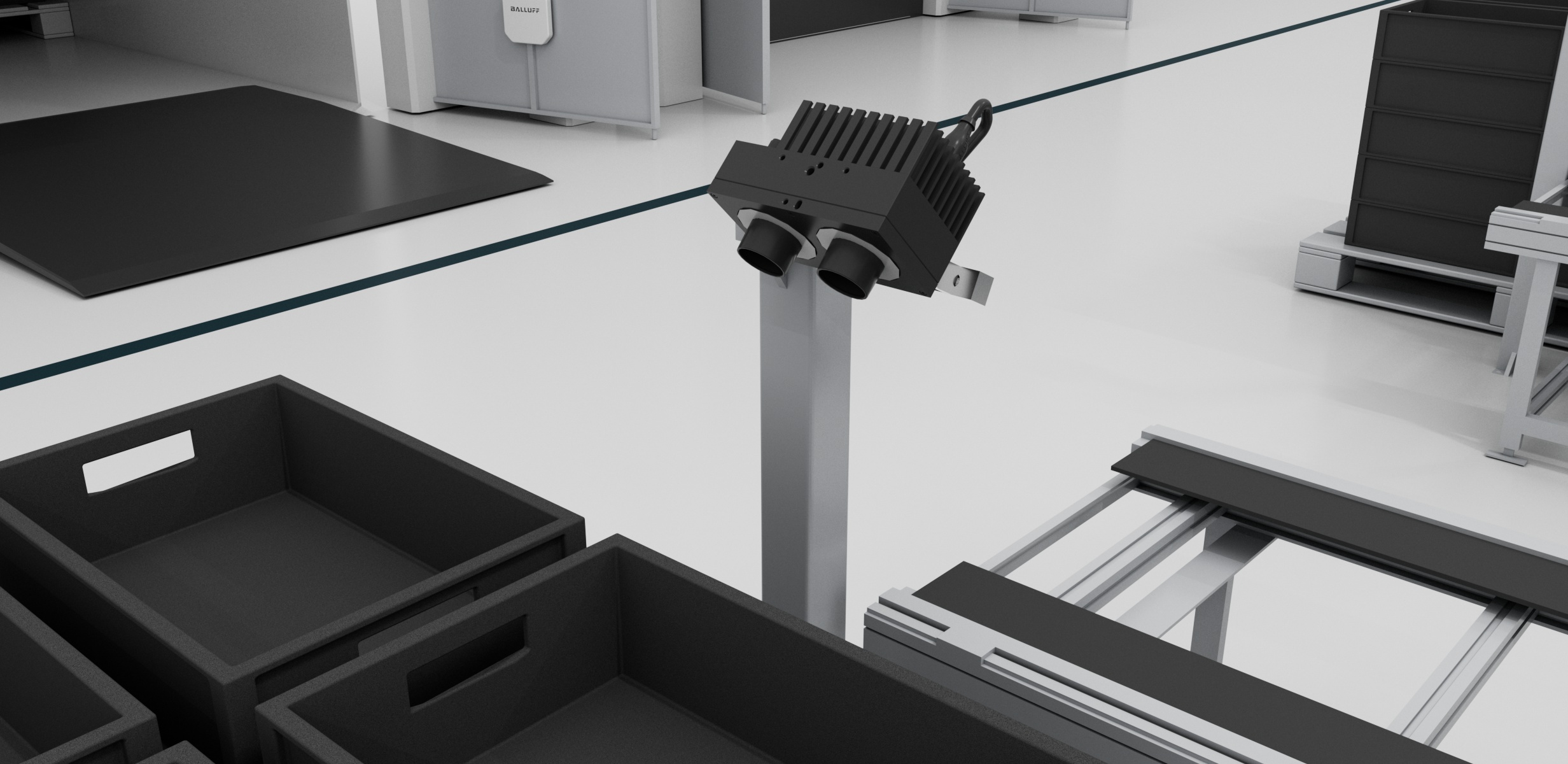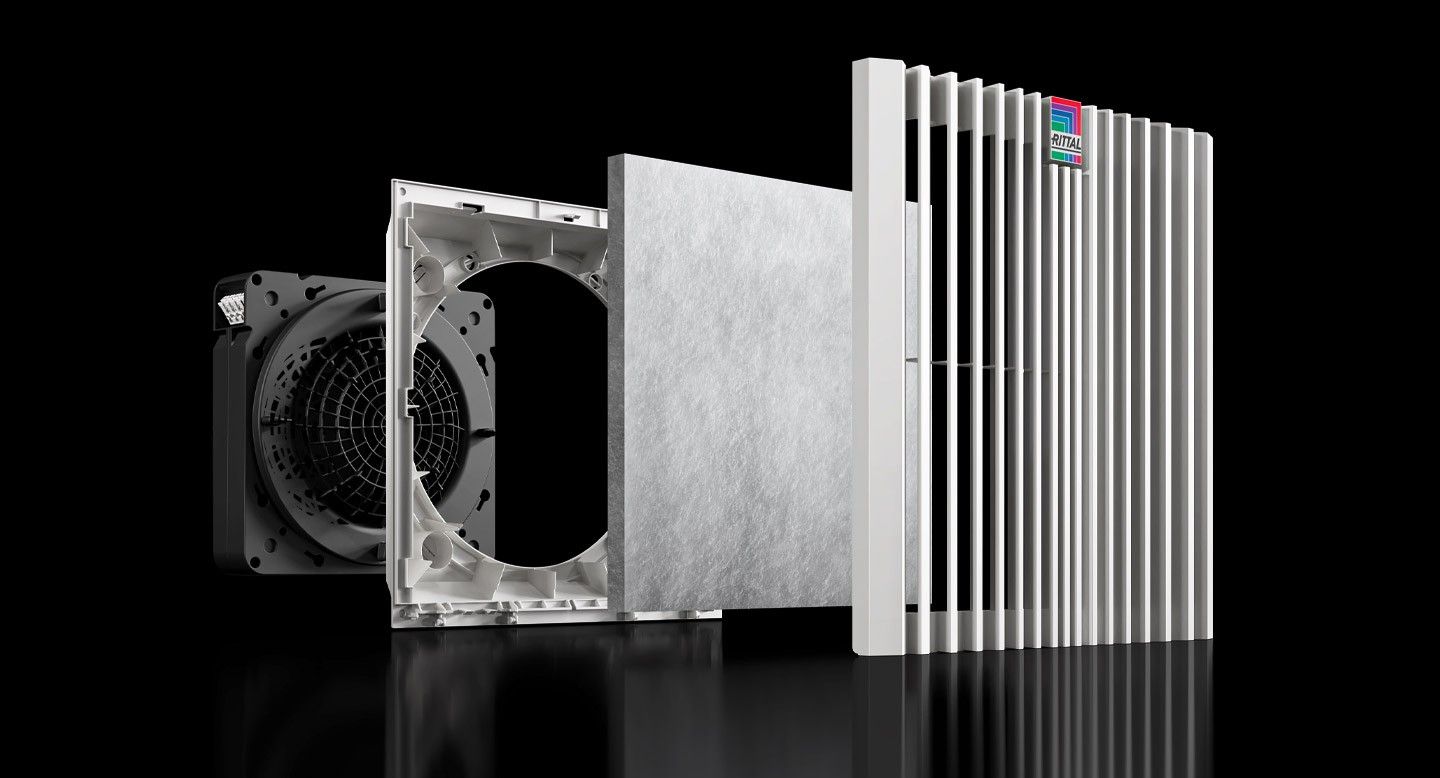Data centres are the beating heart of our digital world. Keeping them running efficiently and safely is a monumental task. As the need for processing power and data storage increases, the complexity of power distribution systems also grows.
Traditional, cable-heavy solutions are becoming cumbersome, inflexible, and a potential point of failure. This is where modern busbar systems, specifically Rittal’s RiLineX, are revolutionising the game.
But what exactly is this system, and why should data centre operators be paying attention?
What is the Rittal RiLineX Busbar System?
Think of the RiLineX system as a modular power “highway” for your data centre racks. Gone are the days of running multiple bulky cables from the PDU to each server. The RiLineX system uses a compact touch-safe busbar.
This busbar provides a centralised and standardised track for power. You can easily and safely “plug” connection adapters and circuit breakers onto the busbar wherever you need power. This simple plug-and-play method replaces the messy “spaghetti” of old wiring. We offer a safe, flexible, and easy-to-use option.
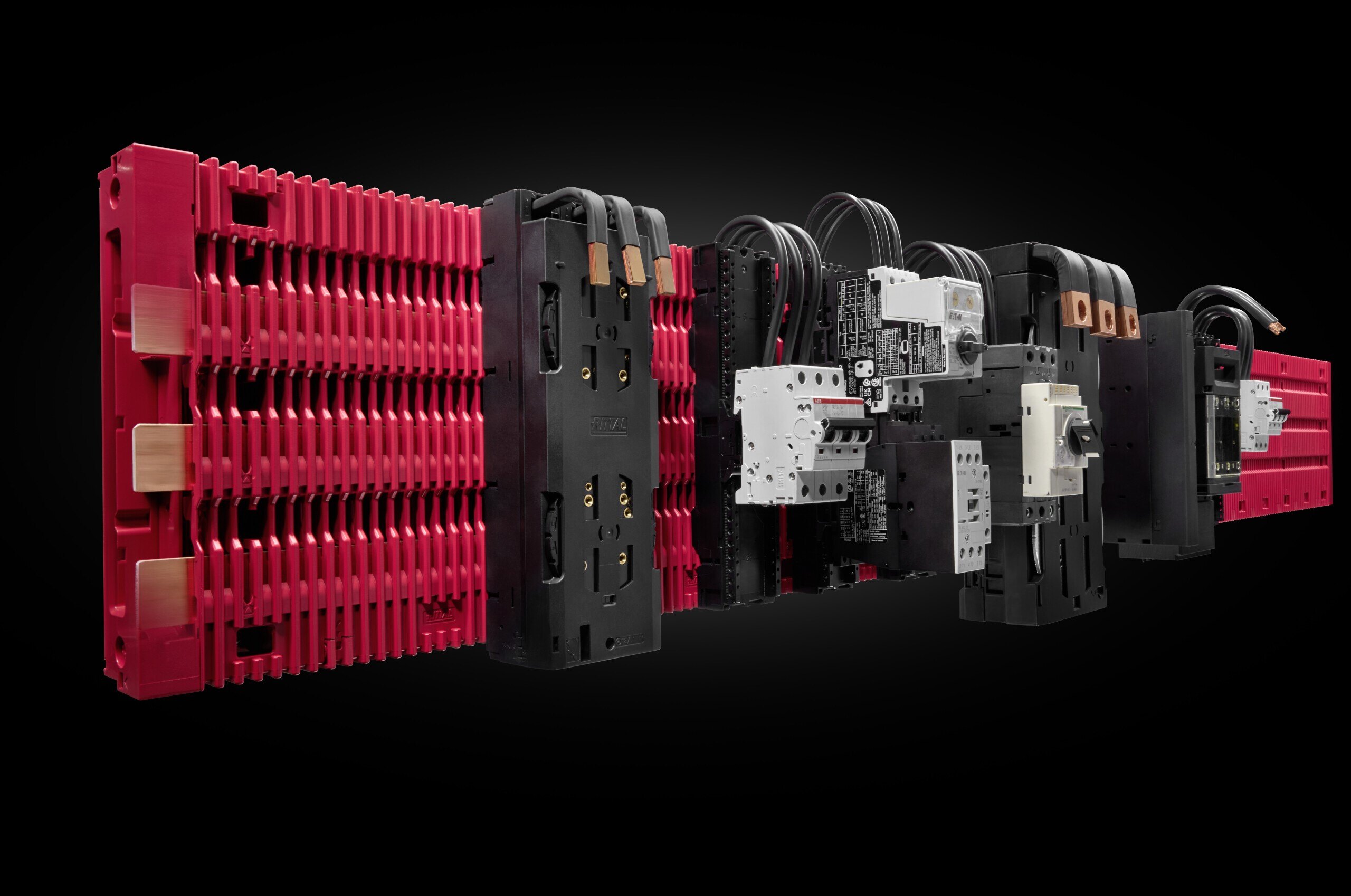
Key Benefits of RiLineX in Data Centres
1. Enhanced Safety
Safety is paramount in any high-voltage environment. The RiLineX busbar is fully encapsulated and touch-safe (IP2XB). This safety feature dramatically reduces the risk of accidental contact and electrical shock.
This design minimises the potential for human error during installation or maintenance, creating a safer working environment for technicians. Standardised connections provide secure, reliable contacts and reduce the risk of faults from loose terminations. This is also easily upgradable to IP3X should the end client require it.
2. Superior Flexibility and Scalability
Data centres are not static; they are constantly evolving. The biggest advantage of the RiLineX system is its incredible modularity. Whether you’re adding a new server rack or reconfiguring an existing one, the process is straightforward.
Instead of lengthy recabling, simply add a new connection adapter to the busbar in minutes. This “pay-as-you-grow” model allows for seamless scalability. RiLineX helps to ensure your power infrastructure can keep up with your operational demands, without downtime or costly overhauls.
3. Space Optimisation
In a data centre, every square inch of rack space is valuable real estate. Traditional cabling occupies valuable space that would be better used for IT equipment.
The RiLineX system is exceptionally compact. It runs vertically in the rack, occupying minimal space and leaving more room for servers, storage, and networking gear. This efficient use of space helps maximise the density and profitability of the data centre.
4. Faster Installation and Maintenance
Time is money, especially in a data centre where downtime can have catastrophic financial consequences. The plug-and-play nature of the RiLineX system makes installation a breeze. The components mount without tools, reducing setup time and labour.
This speed and simplicity also extend to maintenance. Swapping out a faulty component or adding a new circuit is a quick and straightforward task. Having minimising mean time to repair (MTTR) helps with keeping your critical systems online.
The Smart Choice for Modern Power Distribution
As data centres become more powerful and dense, the limitations of traditional cabling methods become increasingly apparent. Rittal’s RiLineX busbar system offers a compelling solution that directly addresses the core challenges of safety, scalability, and efficiency.
RiLineX offers a safer, more flexible, and space-efficient power distribution system. By enabling data centre managers to build future-ready infrastructures, RiLineX becomes more than just a cabling alternative. Embrace our new busbar system as a strategic investment for your data centre.

CMA/Flodyne/Hydradyne is an authorized Rittal distributor in Illinois, Wisconsin, Iowa and Northern Indiana.
In addition to distribution, we design and fabricate complete engineered systems, including hydraulic power units, electrical control panels, pneumatic panels & aluminum framing. Our advanced components and system solutions are found in a wide variety of industrial applications such as wind energy, solar energy, process control and more.



